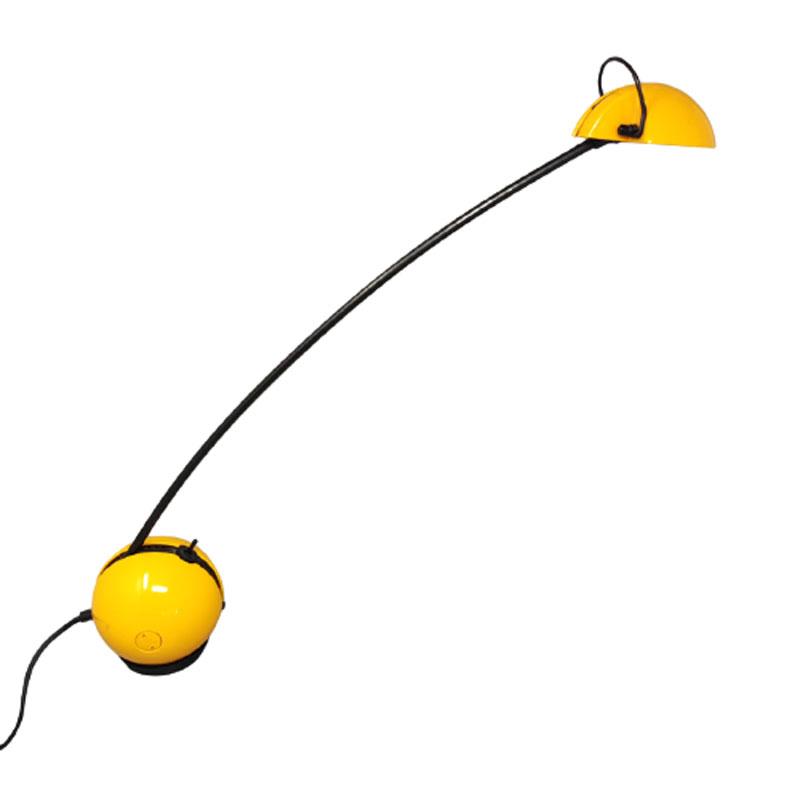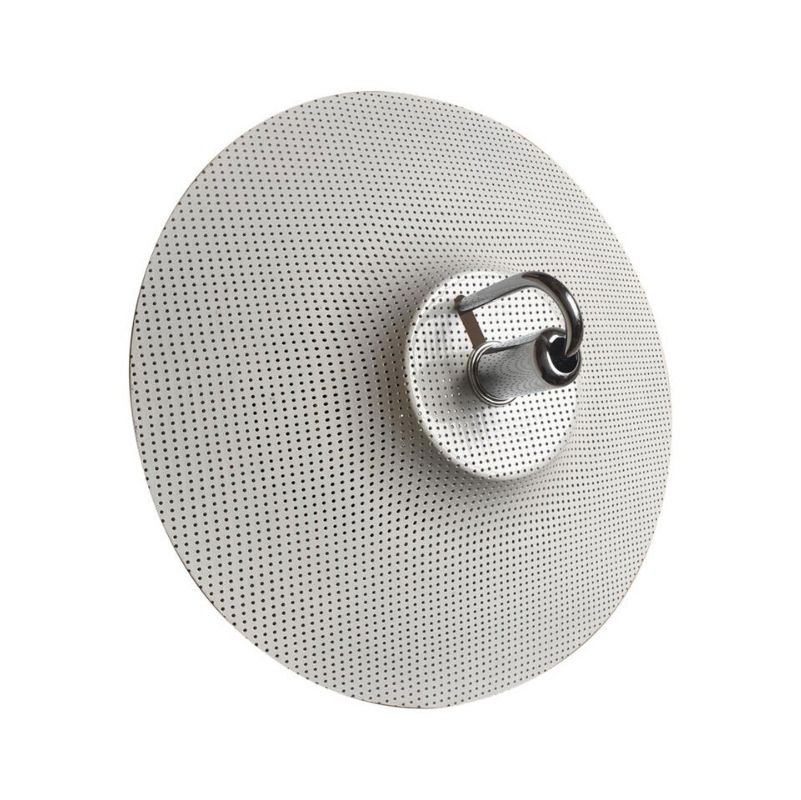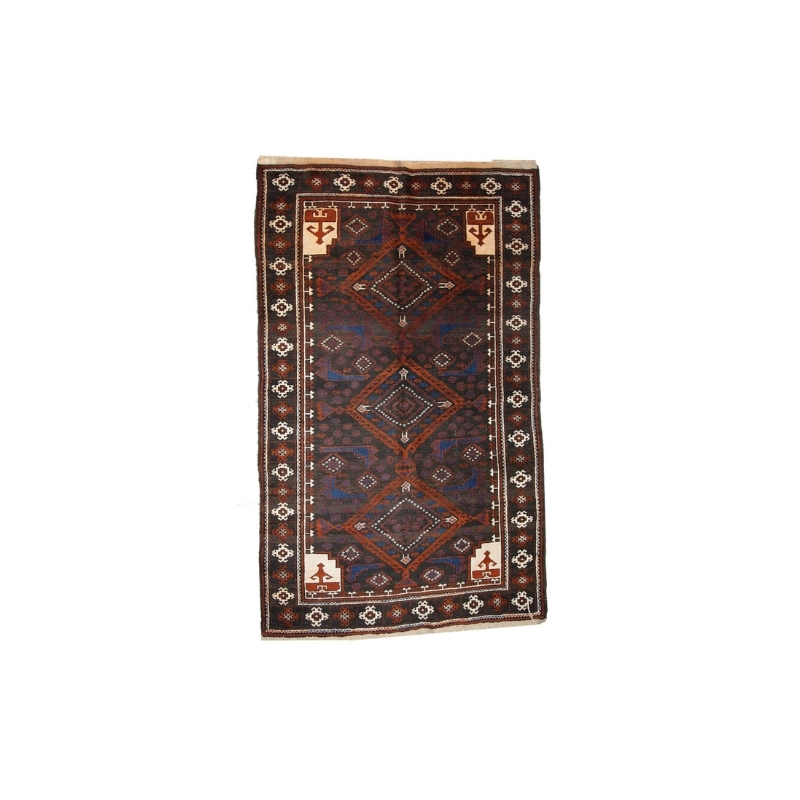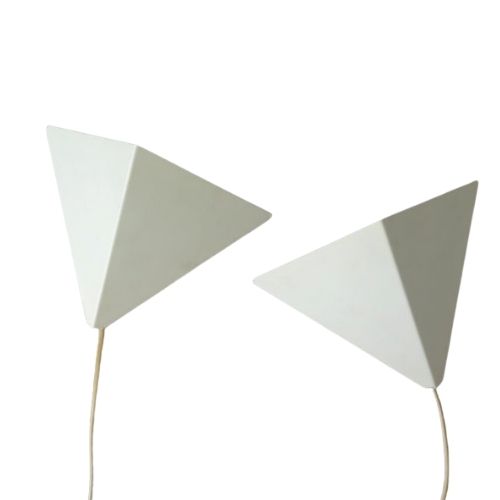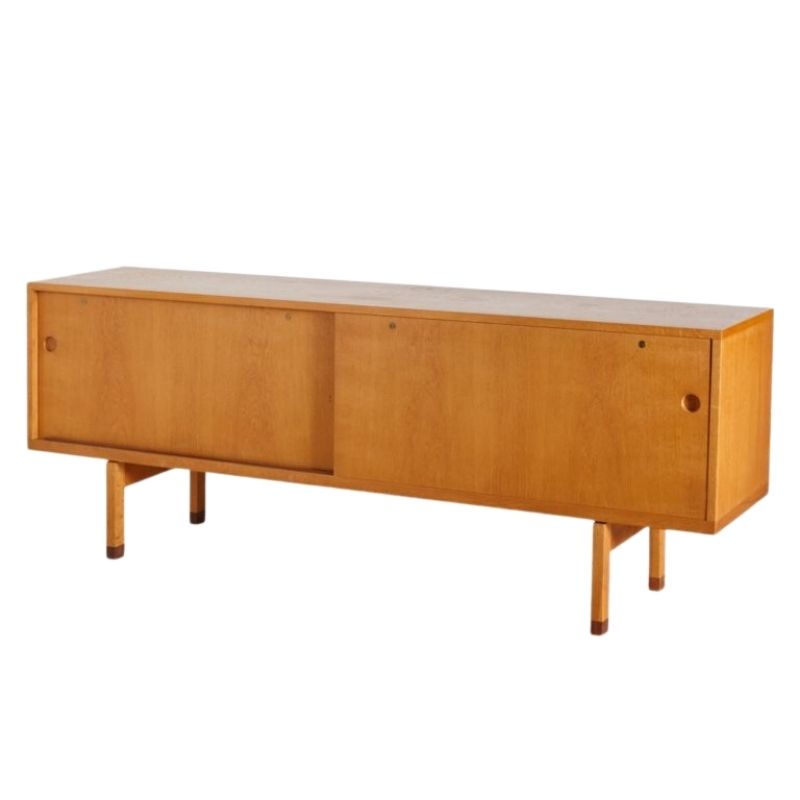..and hopefully constructing myself. Here it is below, some of you will recognise Finn Juhl's diplomat sideboard. I wanted something lower and longer - the open plan section at the top is designed for my sky/cable/xbox voiding the idea of cutting holes in the rear for cables to poke through and aiding cooling for the boxes. I wanted to keep the cupboards especially for remote controls, magazines, cd's and dvd's.
My main issue is that my woodworking skills are non existent (maybe okay in School 10-15 years ago!). This design is pretty simple but is it possible for me to achieve a nice peice at the end of it bearing in mind I have no idea of the type of joints I will need etc?
The second issue is, I'm not sure how to design a base for it. I thought of Nelson style legs but this will raise the height somewhat which I don't want - maybe a recessed base underneath only a few inches high? Will look a bit 'odd' sat directly on the floor I fear..
Any help would be much appreciated! and I shall add images to this thread once the project gets off it's feet.
I have thought about the...
I have thought about the strength up top - I'm not adverse to the fact of splitting the top section in two and having a support bar down the middle. Although spoiling the look a little, it's better than having an expensive tv come crashing through the top!
R.e the veneers, I have a friend who works as a joiner, I'll see what he says and get back to you - would be nicer to have some vintage material to work with!
I'm happy
to hear that you want to make a cabinet for yourself, and will advise as I can. But I would never advise a beginning woodworker to veneer his own panels; it's enough of a challenge to build a sturdy and neat cabinet from already-veneered material !
The dishes you can prepare in the kitchen are dictated largely by what appliances and implements are to be found there. Veneering with raw veneer implies a press or at the least a number of clamps; no permanent veneering can be accomplished with contact cement ! One of the challenges is that to avoid serious warpage each panel must be veneered on both sides simultaneously
Unfortunately, rosewood is not one of the species you can find in veneered panels (MDF or veneer-core [plywood]) -- at least where I live. Mahogany, cherry, walnut, oak (rift or plain-sliced, red or white), maple and vertical-grain Douglas Fir are the usual choices.
But if you really want rosewood, I will do my best to instruct you.
In the meantime, the issue of structure has been addressed; to support a TV you definitely need at least one "partition" (vertical panel) supporting that top. Two, aligned with the partitions below, would be better. To make these upper partitions "disappear," just hold them back from the front of the cabinet by three or four inches.
Case assembly will be addressed next. I would be interested to hear what tools you have. There are various ways to cut panels square and cleanly enough to accept edging. A good shortcut in the absence of the necessary tooling is to have a cabinet shop cut your parts for you. This isn't too espensive (they can cut all your parts in less than an hour, which should cost no more than $80). Then you can proceed with all the other steps.
SDR
Don't forget one of the most important caveats
measure twice and cut once. In the excitement to get a project started a lot of novice woodworkers will start slicing up a lot of expensive woods and veneers without the proper level of forethought. Good cabinet making is 90% preparation and 10% execution, althought that 10% is arguablly very important. SDR's words of encouragement led me to a wonderful self-built entertainment/TV cabinet.
Thank you for the advice so...
Thank you for the advice so far. I have a friend who's bother is a joiner - I've emailed him so will hopefully see if he can help too. Another friend has access to a fully stocked workshop so tools aren't a problem either!
I just hope the end product turns out as I hope. I'll certainly keep this thread open and add images as I (we) go along.
Yup,
that's a good idea. And your base could be a slightly recessed box, rather than legs. If you recess the base a lot, and the cabinet sits on padded carpet, and the TV is heavy and sits at the middle or forward, you may want to secure the cabinet to the wall.
There are shops which specialize in custom-veneered panels. The back of many of the panels can be veneered in a less costly veneer, the specie chosen by the maker ("mill option") to be of similar mechanical properties to the face veneer. Your horizontal panels (at least) can be made this way.
SDR
.
Try downloading Google sketchup for your modelling and have a look at 'eveneer' for your rosewood, also if you can afford it use a good ply rather than mdf, it won't be as easy to work with but will make for a better cabinet.
I would avoid edge banding if possible and instead use solid timber (edge first, sand flat, then veneer) or brass strip.
SDR is 100% right about contact adhesive , absoloutely useless and vile stuff, don't go near it.
I hate to be harsh but if you don't have good tools and know how to use them its pretty unlikely you'll get a good piece. Put some food on a cabinet makers table and pay someone to do it.
Good
words. The method described for solid-stock edging is the superior one.
Although plywood is the better material, in recent years the quality of most plywood is such that it is not the best material for veneering; the inner plies are of such poor quality that irregularities telegraph to the surface. Any voids between the panel and the veneer can result in bubbles and loose veneer. Glue should not be expected to bridge such voids.
An MDF panel with the kind of edging HP describes will result in a reliable if heavy result.
The "cultured" wood veneers made by Abet Laminati Legni and Eveneer are so perfectly consistent that they will look to some like imitation. But the color and texture are certainly well regulated. Like natural-wood three-ply veneers and phenolic- or paper-backed veneers, these are materials that will be easier to use, if only because they are already joined edge-to-edge into 4' x 8' sheets.
They are also less likely to tear or split while handling than raw veneer.
If you need any help, please contact us at – info@designaddict.com



